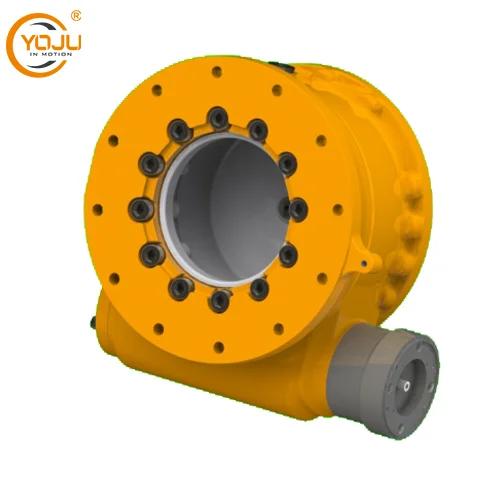Graphite is a fascinating material renowned for its unique and versatile properties. Among its many characteristics, two stand out due to their profound implications in both industrial and technological applications: electrical conductivity and lubrication. This article delves into these two crucial properties of graphite, explaining their significance and the underlying science that makes them so valuable.
- Electrical Conductivity 1.1. Mechanism of Conductivity
- Delocalized Electrons: One of graphite’s most notable properties is its ability to conduct electricity. This is due to the delocalized pi-electrons present in its hexagonal lattice structure. In graphite, each carbon atom is sp² hybridized, with one p-orbital left unhybridized. These unhybridized p-orbitals overlap to form a pi-electron cloud that extends over the entire layer of carbon atoms.
- Conductive Pathways: This cloud of delocalized electrons allows for efficient electrical conduction within the planes of graphite. Electrons can move freely between the layers, contributing to graphite's excellent conductivity along its planes. 1.2. Applications of Electrical Conductivity
- Electrodes and Batteries: Graphite’s high electrical conductivity makes it an essential material for electrodes in various electrochemical applications. It is widely used in the production of electrodes for electric arc furnaces, lithium-ion batteries, and supercapacitors. The ability to conduct electricity efficiently ensures that these components perform optimally, providing reliable energy storage and transfer.
- Electronic Devices: In the electronics industry, graphite is employed in applications such as conductive inks and coatings. Its conductive properties are harnessed in various electronic components, enhancing performance and durability.
- Lubrication 2.1. Mechanism of Lubrication
- Layered Structure: Another critical property of graphite is its lubrication capability. This property is attributed to its unique layered structure, where carbon atoms are arranged in a hexagonal lattice within each layer, and the layers themselves are held together by weak van der Waals forces.
- Layer Slippage: The weak inter-layer forces allow the layers to slide over each other with minimal friction. This characteristic makes graphite an excellent dry lubricant, especially in applications where traditional wet lubricants would be impractical. 2.2. Applications of Lubrication
- Industrial Lubricants: Graphite is used in a variety of industrial applications as a dry lubricant. It is ideal for high-temperature environments where liquid lubricants would evaporate or degrade. Its lubricating properties are utilized in machinery components, bearings, and other equipment that operate under extreme conditions.
- Precision Instruments: In addition to industrial uses, graphite’s lubricating qualities are valuable in precision instruments and devices. It is used in locks, adjusting screws, and other mechanisms where smooth operation is essential.
- Why These Properties Are Important 3.1. Implications for Industry and Technology
- Electrical Conductivity: The ability of graphite to conduct electricity efficiently is crucial for modern technology, including energy storage and electronic devices. Its role in batteries and electrodes underscores its importance in both everyday consumer products and advanced technological applications.
- Lubrication: Graphite's lubricating properties are vital for maintaining the performance and longevity of machinery, particularly in environments where other lubricants fail. Its use in high-temperature and precision applications demonstrates its versatility and reliability. 3.2. Advancements and Innovations
- Future Developments: Research into graphite and its derivatives, such as graphene, continues to explore new applications and enhance existing technologies. Advances in material science may uncover additional uses for graphite's unique properties, further expanding its role in various industries.
- Conclusion
Graphite’s dual properties of electrical conductivity and lubrication highlight its remarkable versatility and importance in modern technology. The delocalized pi-electrons that enable efficient electrical conduction and the weak inter-layer forces that facilitate smooth sliding are fundamental to its applications in electronics and industrial machinery. Understanding these key properties not only explains why graphite is so special but also underscores its continued relevance in advancing technological innovations. As research progresses, the unique characteristics of graphite will likely play an even more significant role in shaping the future of various industries.







+ There are no comments
Add yours